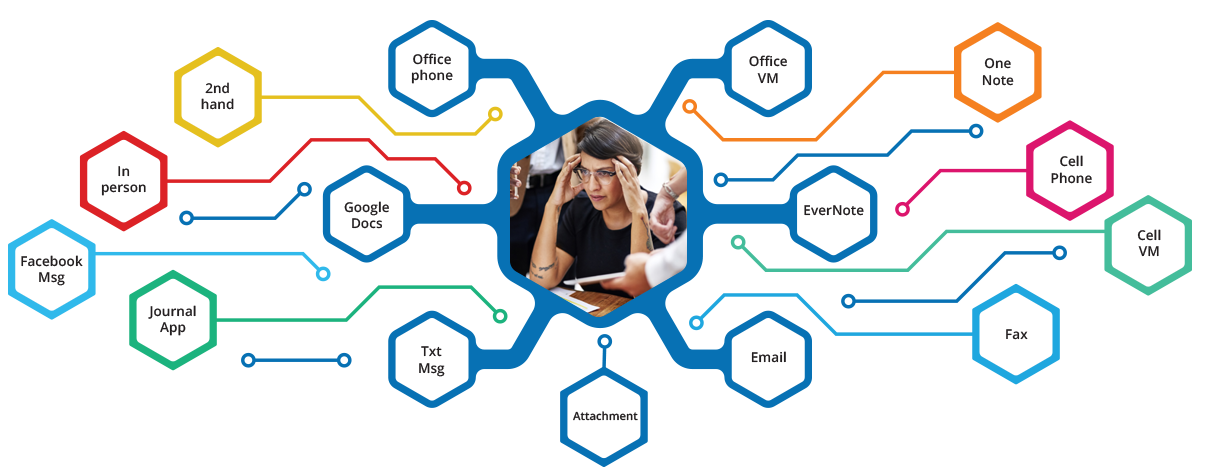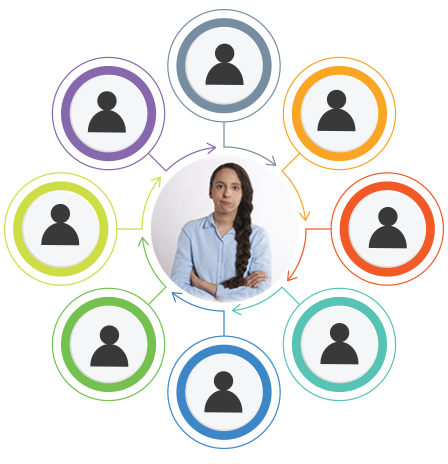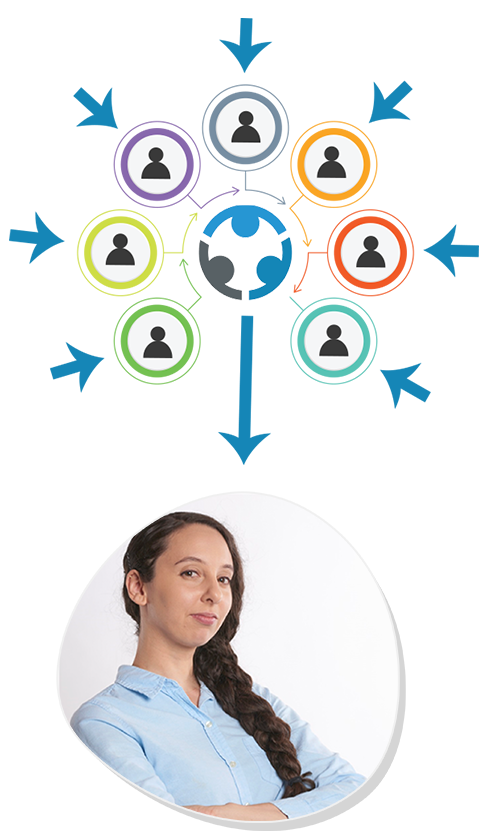Log in
Streamline Team Communication
In child welfare, the amount of information that needs to be coordinated, communicated, and documented can be overwhelming. Done marginally, it can frustrate team members, damage relationships, and worse, lead to poor outcomes and poor quality of care. However, done well, it can reduce turnover, foster healthy relationships, and achieve highly effective results.
Information and relationships are the two most important elements in child welfare. And what this system does, is it marries those two together and it helps organize a case, for not only the case manager but for every person involved in the child's life.
Daniel Lieberman, Esq., Managing Attorney,
Children's Legal Services
Florida Department of Children and Families
FosterCare.Team Customer since 2018
When dealing with broken families, stress, legal requirements, and everything else social work has to offer, communication and collaboration isn't just important, it's essential. It is a crucial element of sound decision making.
In tragic child welfare cases, lack of communication is often the driving factor in the case's failure. An overwhelming 86% of employees and executives cite a lack of collaboration or ineffective communication for workplace failures. Collaboration also impacts turnover. At least 20% - 30% of employees leave due to poor company communication or a poor collaborative culture. It's not surprising then, that 94% of workers say collaboration is "important" or "critically important".


With something this critical to success, what does your agency use to ensure highly effective communication? Most agencies will say "email". Please don't. While email is convenient, it's often part of the problem, not the solution. Email is great for one-time dissemination of information, but as soon as the needs become collaborative, especially when it includes multiple people or multiple subjects, it quickly shows it's weaknesses. Email chains get long, key people are left off the chain, email chains splinter when replies don't go to everyone resulting in multiple, concurrent threads with different audiences seeing different information. Additionally, most email systems are insecure and unencrypted. Collecting personal information via email raises HIPAA compliance concerns and increases the risk to your organization.
One of the reasons caseworkers feel overwhelmed is information coming at them from every direction. There are too many communication channels. Some include an office phone, office voice mail, cell phone, cell voicemail, text message, instant message, fax, email, letter, in-person contact, or second-hand conversations from someone else on the team. Often, the same topic of discussion can be communicated in multiple channels by multiple people. It's no wonder that workers spend an average of 6 weeks per year just looking for information! It's also easy to see how information can slip through the cracks.
Additionally, as care providers become more technically adept, they will begin seeking their own solutions. Are you ready for that? These may include Google Docs, Evernote, OneNote, a journaling app they downloaded, or any of a thousand other applications each with their own learning curve, security risks, and lack of HIPAA compliance. This only adds to the systems your workers will have to become proficient in. In this model, there is no standardization and no consistency in practice.
One of the keys to improving communication is to simplify it. Instead of deploying dozens of systems to collect information and facilitate communication, use one system that can connect all the parties that work with a child and a family.


You see, information is not just coming from multiple sources, it’s coming from multiple people who each use multiple sources.
In sports we call that “piling on” or “unnecessary roughness”. It results in a 15 yard penalty.
What if, instead of feeding all this information into one person…
In a collaborative, team environment, the caseworker doesn’t need to be in the lead, they just need to be in the loop. Some teams include respite workers, therapists, and mentors.
Foster parents can post and the team is notified, and can respond as needed. This is a not simply a tool that allows a foster parent to communicate with a caseworker.
This is more than a foster parent portal.
This is a multidirectional, team collaboration system. It’s scope goes well beyond foster care.
You change her role from someone chasing information, to someone who can use it to change the life of a child. (Which is why she went into social work in the first place.)
This is not simply “one more system”. Your case managers didn’t go into social work so they key data into a SACWIS system. Then went into it to change lives. Our system is the only one they will use that allows that to happen. It’s different from every other system they access. When they utilize our system they change the lives of foster parents and foster children.
Let’s talk a little more about teams…
FosterCare.Team helps caseworkers provide support more effectively:
- Easier to find information
- Respond to the needs of children, instead of reacting to their problems
- Alerted to minor issues before they become urgent, major issues
- Improve the relationship between the foster parent and caseworker
- Allow the caseworker to improve the well-being of the children in care
- Caseworkers can manage notifications

- Organizations see a minimum of a 32% productivity increase by using collaboration tools.
- Collaborating employees spend 25% less time in meetings.
- Employees working in a collaborative environment report a 25% higher well-being.
- Engaged, collaborating employees are 87% less likely to quit.
- Organizations that emphasize collaboration are 5X more likely to be considered "high performing".
